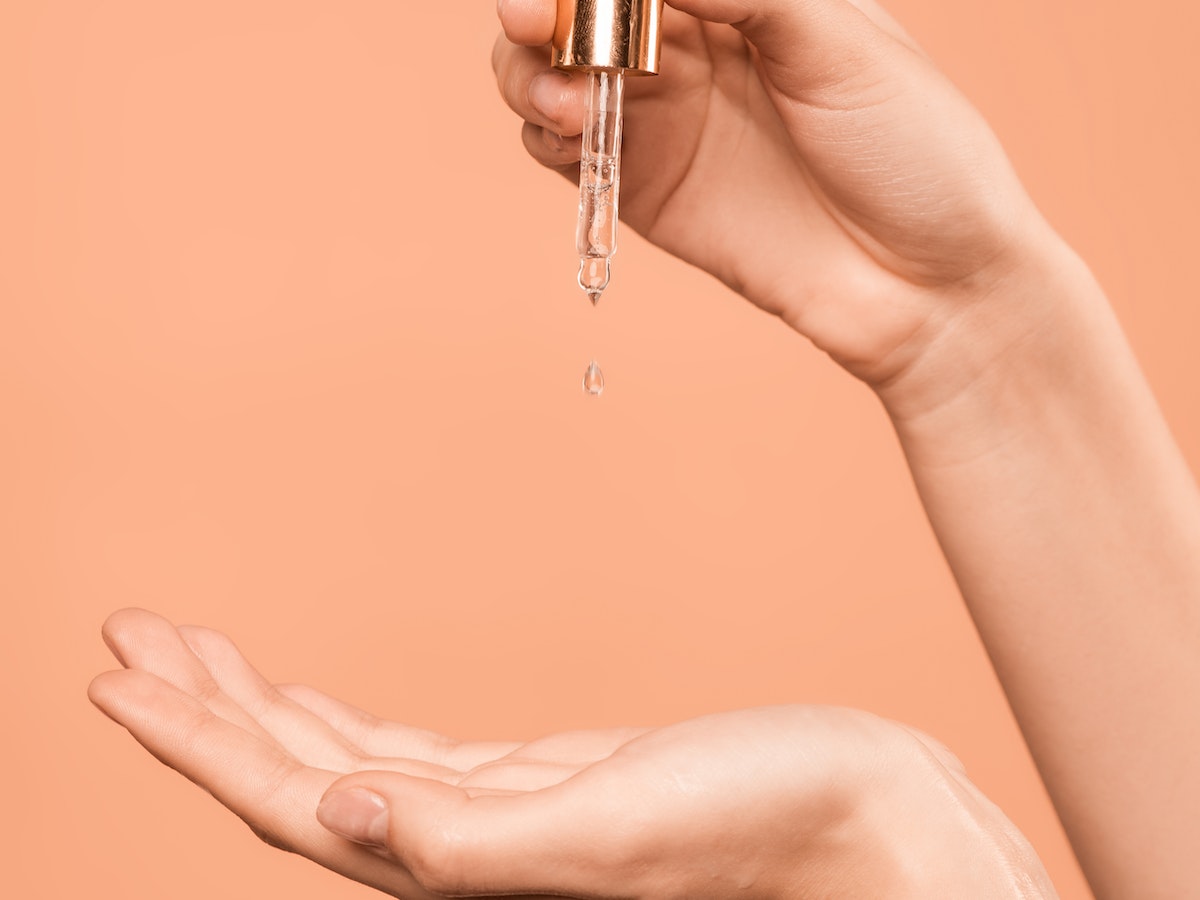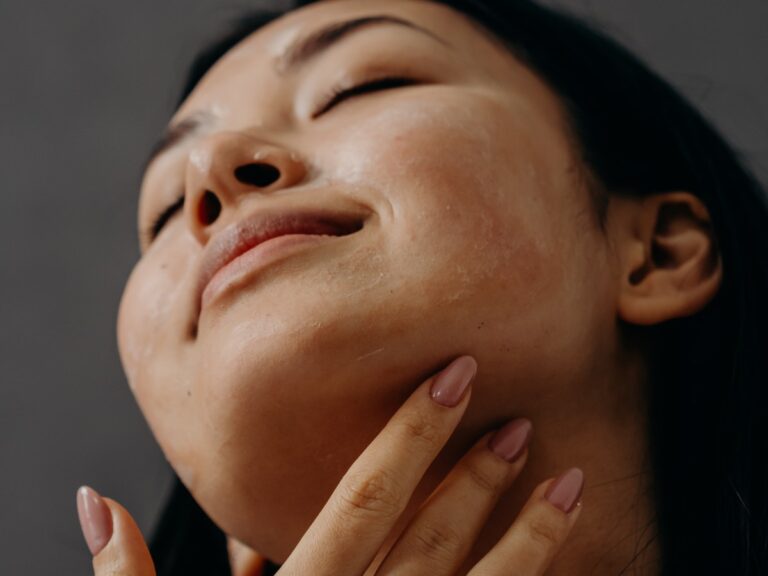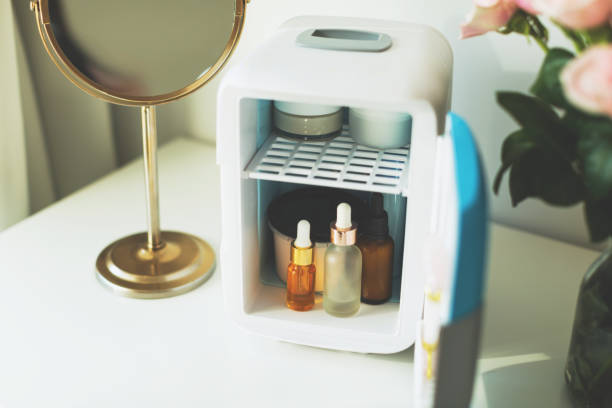Oil Cleansers: Experience the Power of Pure, Radiant Complexion
In the ever-growing realm of skincare, one remarkable product has stood the test of time, i.e. Oil Cleansers. These liquid gold elixirs have transcended trends to become a staple in beauty routines worldwide. Their transformative abilities promise a complexion that radiates health and vitality.
But how do they perform their magic? Let’s talk about the science underlying oil cleaners and how it works.
Table of Contents
Understanding the Science: How Oil Cleansers Work
To actually appreciate the prowess of oil cleansers, it’s essential to understand their science. Unlike harsh chemical cleansers, oil cleansers operate on the principle that “like dissolves like”. Tenderly apply the oil cleanser to dissolve sebum, makeup, and impurities without harming your skin’s barrier.
Tailoring Your Regimen: Oil Cleansers for Different Skin Types
Oil Cleansers for Oily Skin: Banishing Excess Sebum
Oily skin, often plagued by excess sebum production, benefits largely from the balancing effects of oil cleansers. Contrary to common belief, these cleansers regulate oil production, leaving your skin refreshed and matte. Look for oil cleansers with lightweight, non-comedogenic oils like jojoba or grapeseed. These oils prevent clogging of the pores while completely dissolving excess oil for a clear complexion.
Nourishing Dry Skin: The Gentle Touch of Oil Cleansers
Dry skin craves hydration and nourishment. Oil cleansers, enriched with moisture-locking properties, provide the perfect solution. They dissolve impurities while replenishing your skin’s natural oils, leaving it supple and revitalized. Opt for oil cleansers with rich, emollient oils like avocado or argan oil. These intensely hydrate the skin, restoring its natural moisture barrier and preventing dryness.
Sensitive Skin: Embracing Soothing Oil Cleansers
Sensitive skin requires tender care. You can get a gentle and effective cleanse with botanical-infused oil cleansers. They soothe irritation and inflammation, leaving your skin feeling calm and comforted. Seek oil cleansers containing ingredients like chamomile, calendula, or lavender oil. These natural soothers help ease redness and discomfort, making them ideal for sensitive skin types.
Finding Balance: Oil Cleansers for Combination Skin
Balancing combination skin can be a delicate task. Oil cleansers offer a harmonious solution by completely cleansing without over stripping. They leave your skin feeling balanced, neither extremely dry nor unreasonably oily. Opt for oil cleansers with a balanced blend of lightweight and nourishing oils, such as sweet almond or apricot kernel oil. These oils cater to both the dry and oily areas of your skin, ensuring a harmonised complexion.
Pro Tip: When rinsing off the cleanser, use lukewarm water. It helps to open up pores for a deeper cleanse without causing irritation.
Double Cleansing: Elevating Your Skincare Routine

Double cleansing is a skincare routine that involves using two types of cleansers to clean the skin accurately. It’s a game-changing technique that ensures a thoroughly cleansed, radiant complexion. Here’s how to master the art of double cleansing:
Step 1: Oil-Based Cleanser for Surface Impurities
Begin your double cleansing routine with an oil-based cleanser. This first step is crucial for removing oil-based impurities like sebum, sunscreen, makeup, and pollutants. The oil-based cleanser uses the principle of “like dissolves like” to remove impurities without stripping natural oils from the skin.
Choose an oil-based cleanser that suits your skin type. For oily skin, opt for a lightweight, non-comedogenic formula with ingredients like jojoba or grapeseed oil. Dry skin benefits from richer oils like avocado or argan oil, providing a boost of hydration during the cleansing process.
Application Technique: Tenderly Massage for Circulation
Apply the oil-based cleanser to your dry hands and delicately massage it onto your dry face using upward motions. This massage helps distribute the cleanser and improves blood flow for a healthy complexion.
Step 2: Water-Based Cleanser for a Deep Cleanse
After rinsing off the oil-based cleanser, it’s time for the second step: a water-based cleanser. This type of cleanser obliterates any remaining impurities, such as sweat, dirt, and residue, from the first cleanse. It also prepares the skin for subsequent treatments like toners, serums, and moisturizers.
Choose a water-based cleanser suited to your skin type. For sensitive skin, opt for a gentle, fragrance-free formula with soothing ingredients. A cleanser containing salicylic acid or benzoyl peroxide can help those with acne-prone skin fight blemishes.
Emulsification: Enhancing the Rinsing Process
To ensure thorough removal of the oil-based cleanser, emulsify it by adding a few drops of water and continuing to massage. This process transforms the cleanser into a milky emulsion, making it easier to rinse off. It also prevents any potential residue from being left behind on the skin.
Step 3: Thorough Rinse for a Fresh Canvas
Take your time to rinse off both the oil-based and water-based cleansers completely. Use lukewarm water to ensure a comfortable temperature and obliterate all residue. A thorough rinse leaves your skin feeling refreshed, clean, and ready to absorb the benefits of your subsequent skincare products.
Pat Dry with a Clean Towel
After completing the double cleansing process, pat your face dry with a clean, soft towel. Avoid rubbing, as this can irritate the skin. Instead, dab the towel against your skin to absorb excess moisture.
Double cleansing your skin helps your products work better and gives you a healthy, radiant complexion. This careful process removes impurities from your skin and helps it absorb your skincare products better.
The Best Oil Cleansers: Tried and Tested Favorites
Luxurious Picks for a Spa-like Experience
Indulge in the opulence of high-end oil cleansers that promise a spa-like experience at home. The textures and ingredients in these formulations make cleansing a sensory pleasure.
Tata Harper – Nourishing Oil Cleanser
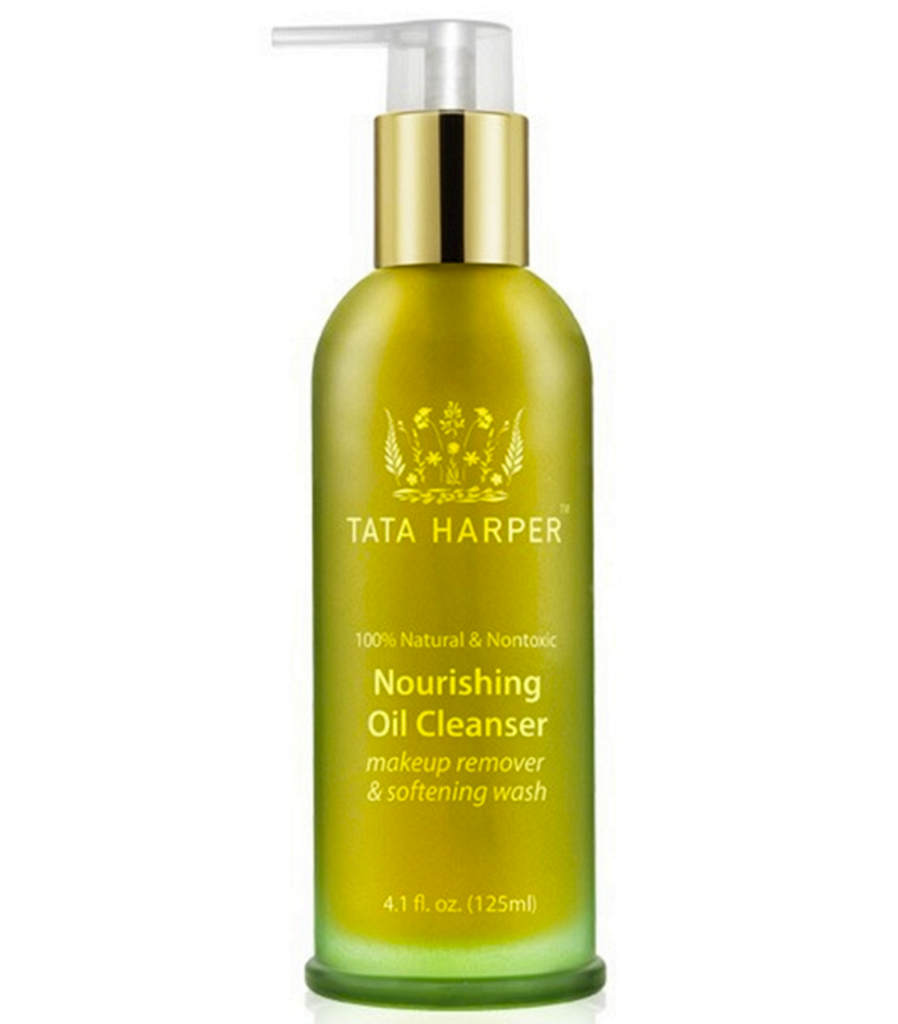
Budget-Friendly Gems for Every Beauty Enthusiast
Elevating your skincare routine doesn’t have to come at a steep price. Discover budget-friendly oil cleansers that rival their pricier counterparts in efficacy. These gems prove that quality skincare is accessible to all.
Neutrogena Ultra-Light Cleansing Oil
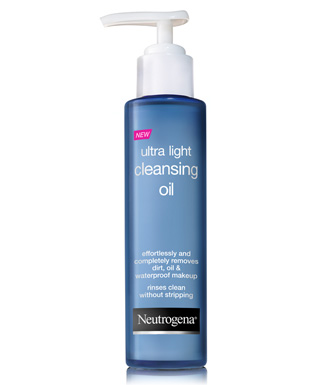
Organic and Natural Options for Conscious Consumers
For those who prioritize clean beauty, organic and natural oil cleansers offer a sustainable solution. These precisely made products use natural ingredients to clean and nourish your skin without harming the environment.
DHC Deep Cleansing Oil Facial Cleanser
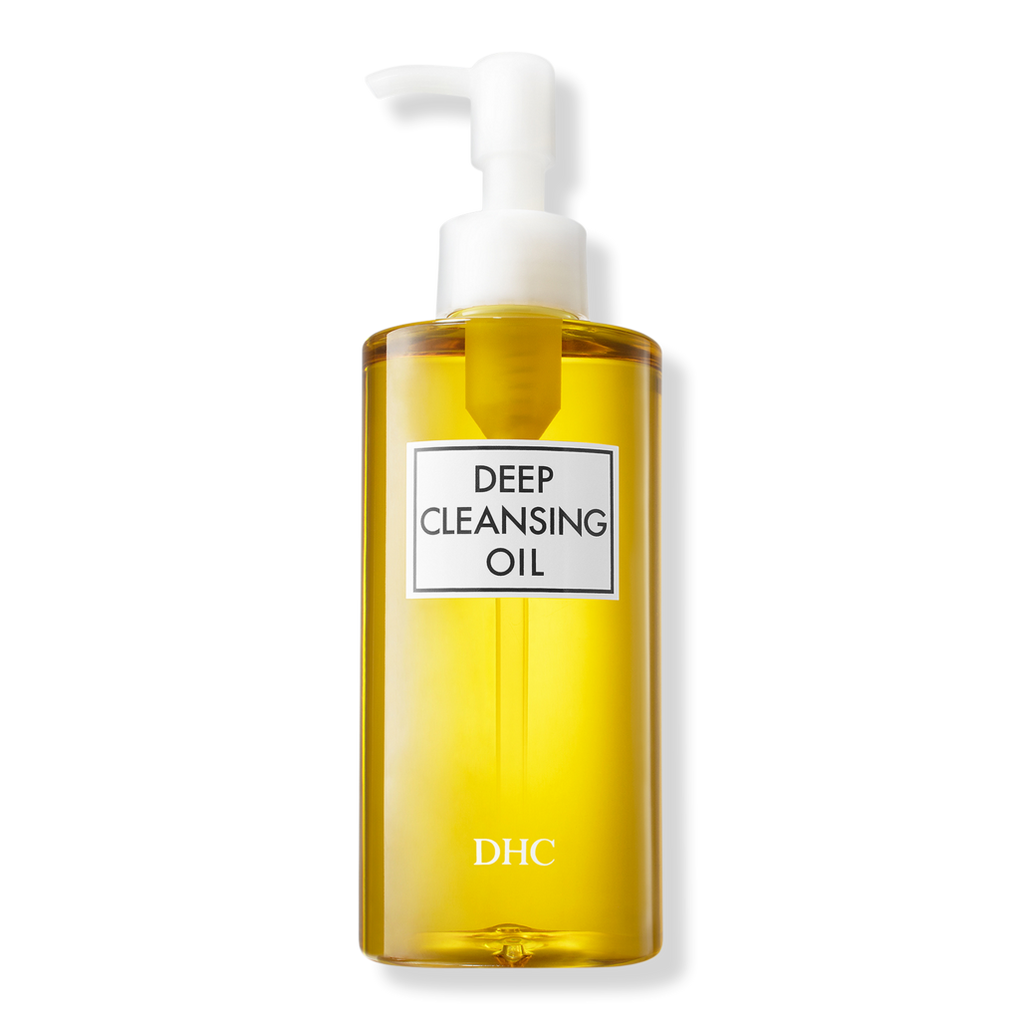
Tips for Optimal Oil Cleansing: From Application to Rinse
To maximize the benefits of your oil cleanser, follow these expert tips:
Start with Dry Hands and face: Apply the oil cleanser to dry hands and massage it onto your dry face. This ensures optimal product absorption.
Gentle Massage: Use gentle, upward motions to massage the cleanser into your skin. This encourages circulation and enhances the cleansing process.
Emulsify with water: To facilitate the rinsing process, emulsify the cleanser by adding a few drops of water and continuing to massage.
Thorough Rinse: Take your time to rinse off the cleanser completely. Remove all residue by rinsing with lukewarm water.
Pro Tip: Consider switching to a lighter oil cleanser in the warmer months and a richer one in the colder months to accommodate changes in skin hydration needs.
Common Misconceptions: Debunking Oil Cleanser Myths
In the realm of skincare, myths abound. Let’s debunk some more common misconceptions about oil cleansers:
Myth: Oil Cleansers Cause Acne: This is a widespread misconception. When used correctly, oil cleansers can help regulate sebum production and prevent acne breakouts. They completely dissolve excess oil and impurities without clogging pores.
Myth: Oil Cleansers Are Heavy and Greasy: All oil cleansers are not created equal. Modern oil cleansers are made with lightweight, non-comedogenic oils that absorb comfortably into the skin. When used with water and followed by a water-based cleanser, they leave the skin feeling clean and refreshed, not greasy.
Myth: Oil Cleansers are Only for Makeup Removal: While oil cleansers excel at removing makeup, they offer so much more. They completely cleanse the skin of dirt, pollutants, and excess sebum, leaving it refreshed and revitalized.
Myth: Oil Cleansers Strip the Skin of Natural Oils: On the contrary, oil cleansers work with the skin’s natural oils to dissolve impurities. They do not disrupt the skin’s moisture barrier, making them suitable for all skin types, including dry and sensitive.
Myth: Oil Cleansers Are Not Suitable for Acne-Prone Skin: This is a common misconception. A lot of oil cleansers are explicitly made for acne-prone skin. They contain non-comedogenic oils that help regulate sebum production and prevent pore blockages.
By dispelling these myths, we hope to empower you to embrace the incredible benefits of oil cleansers for your skin. They offer a gentle yet effective approach to achieving a radiant and balanced complexion.
Conclusion
Embracing oil cleansers is not just a skincare choice; it’s a transformative experience. By incorporating these golden elixirs into your routine, you unlock a path to radiant, healthy skin. Say goodbye to harsh cleansers and hello to a gentler, more effective way to cleanse.
FAQs
Q: Is it safe to use oil cleansers on acne-prone skin??
A: Definitely! Opt for non-comedogenic oil cleansers and avoid heavy, pore-clogging oils. These can help regulate sebum production and prevent breakouts.
Q: How often should I incorporate an oil cleanser into my routine?
A: It is advised to use an oil cleanser as part of your evening routine to remove impurities and makeup completely. For those with dry skin, using it in the morning can provide an extra dose of hydration.
Q: Will oil cleansers make my skin feel greasy?
A: When used correctly and followed by a water-based cleanser, oil cleansers should not leave your skin feeling greasy. They completely dissolve impurities without overloading your skin with oil.
Q: Can I use oil cleansers if I have sensitive skin?
A: Definitely! Opt for oil cleansers made with soothing ingredients. These can help calm and comfort sensitive skin.
Q: Are there specific oils I should look for in an oil cleanser?
A: For sensitive or acne-prone skin, look for oil cleansers with jojoba, grapeseed, or almond oil. These are non-comedogenic and suitable for a wide range of skin types.
